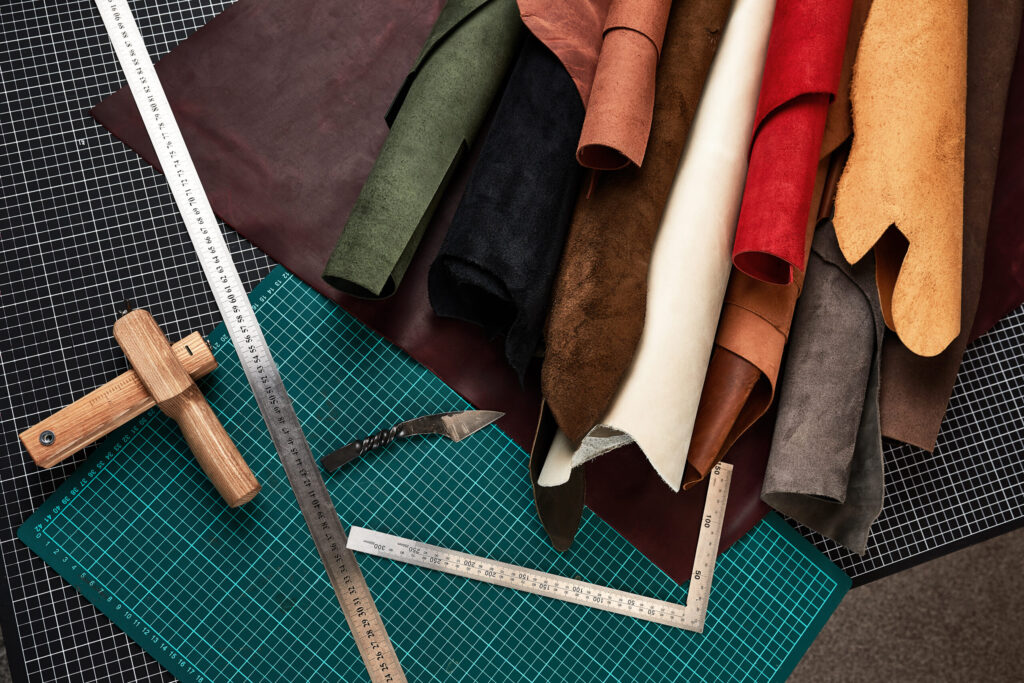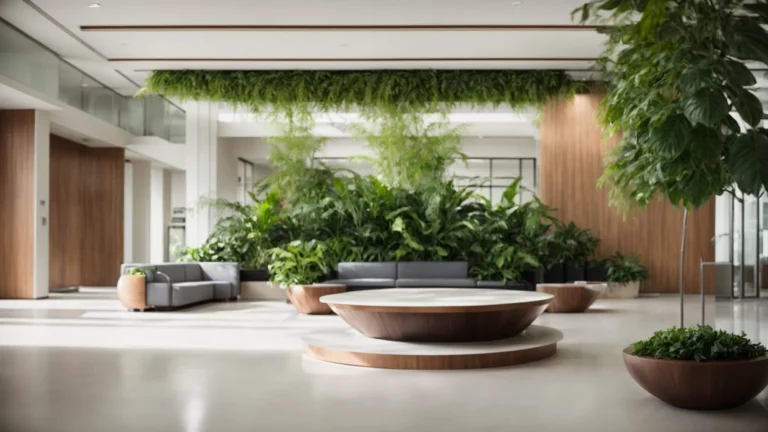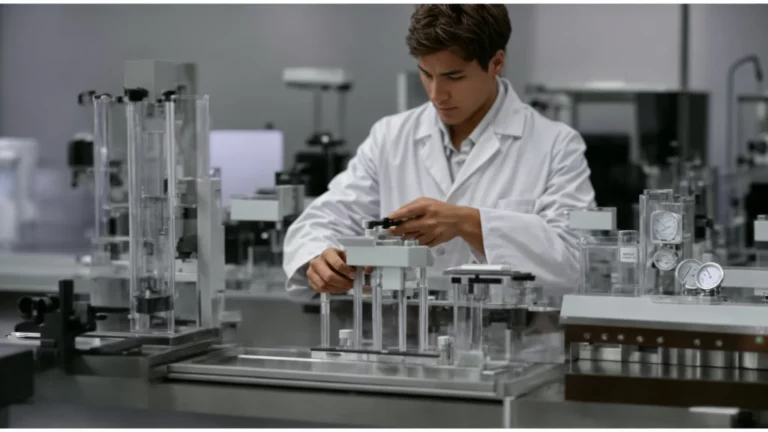In recent years, the fashion and design industries have witnessed a remarkable shift towards sustainability and ethical consumerism. This change in consumer values has significantly propelled the popularity of faux leather, making it a go-to choice for many. Once viewed as merely a cheaper alternative to real leather, faux leather has evolved into a coveted material in its own right, celebrated not only for its affordability but also for its versatility, durability, and ethical appeal. The rise of faux leather represents a conscious move away from animal products and a step towards more environmentally friendly and humane practices in fashion and beyond.
The Appeal of Faux Leather in Fashion
The fashion industry has seen a surge in the demand for faux leather products, with a particular emphasis on faux leather jacket women products. These jackets have become a staple in wardrobes worldwide, offering the same classic look as genuine leather without the ethical and financial costs. Designers are increasingly turning to faux leather to create stylish, cruelty-free clothing and accessories that appeal to the modern consumer’s values. The ability to replicate the texture and appearance of real leather allows for a wide range of fashionable items, from jackets to pants, that are accessible to a broader audience.
Moreover, the innovation in faux leather production has led to improvements in quality and durability, making these products more appealing than ever. The materials used, such as polyurethane (PU) and polyvinyl chloride (PVC), have been refined to enhance the fabric’s breathability and comfort, challenging the notion that faux leather is inferior to the real thing. This has opened up new possibilities for fashion designers to experiment with and for consumers to enjoy high-quality, ethical fashion choices.
Environmental Impact and Sustainability

One of the most compelling reasons for the rise of faux leather is its reduced environmental footprint compared to traditional leather. The production of genuine leather is resource-intensive, involving significant water use, chemical treatments, and greenhouse gas emissions. In contrast, faux leather manufacturing is generally more efficient and can incorporate eco-friendly practices, such as using recycled materials and less water. This shift is crucial in the global effort to combat climate change and promote sustainability in the fashion industry.
Additionally, the ongoing development of bio-based faux leathers, made from natural and renewable resources like mushroom mycelium, pineapple leaves, and apple peels, is setting new standards for sustainability. These innovations not only minimize harm to the environment but also offer exciting new textures and aesthetics for designers to work with, further enhancing the appeal of faux leather.
Ethical Considerations and Consumer Awareness
The ethical dimension of faux leather is a significant factor in its popularity. Increasing awareness of animal welfare issues and the harsh realities of the leather industry has led many consumers to seek out cruelty-free alternatives. Faux leather offers a guilt-free option that aligns with the values of compassion and respect for all living beings. This ethical stance on leather is particularly attractive to younger generations, who are often more conscious of the impact their purchasing decisions have on the world.
The rise of social media and influencer culture has also played a role in promoting faux leather as a fashionable and ethical choice. High-profile endorsements of cruelty-free fashion have helped to elevate the status of faux leather, making it a symbol of both style and moral integrity.
Technological Advances in Faux Leather

Technological advancements have been pivotal in the development of high-quality faux leather. Modern production techniques have enabled manufacturers to create materials that closely mimic the look, feel, and durability of real leather. These technological improvements have expanded the potential uses of faux leather, making it suitable for a wide range of applications beyond fashion, including upholstery, automotive interiors, and more.
The flexibility of faux leather in terms of texture, color, and finish allows for creative freedom that is often more restricted with genuine leather. This adaptability has made faux leather a favorite among designers and consumers alike, who appreciate the ability to customize products to their preferences without compromising on quality or ethical standards.
Embracing the Future of Faux Leather
In conclusion, the allure of faux leather lies in its ability to offer an ethical, sustainable, and versatile alternative to real leather. Its rise to prominence is a testament to the changing values of consumers and the fashion industry’s adaptability. As we move forward, faux leather will undoubtedly play a crucial role in shaping the future of fashion, emphasizing that style and sustainability can go hand in hand.











